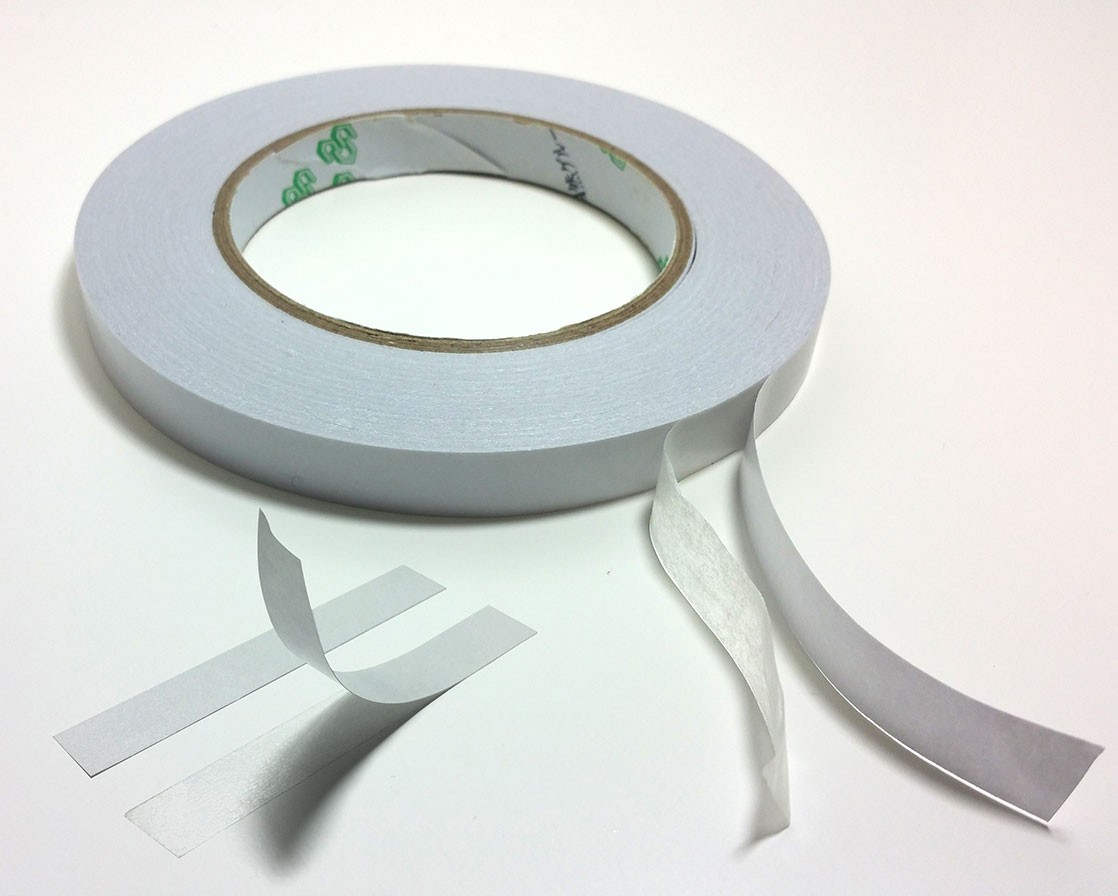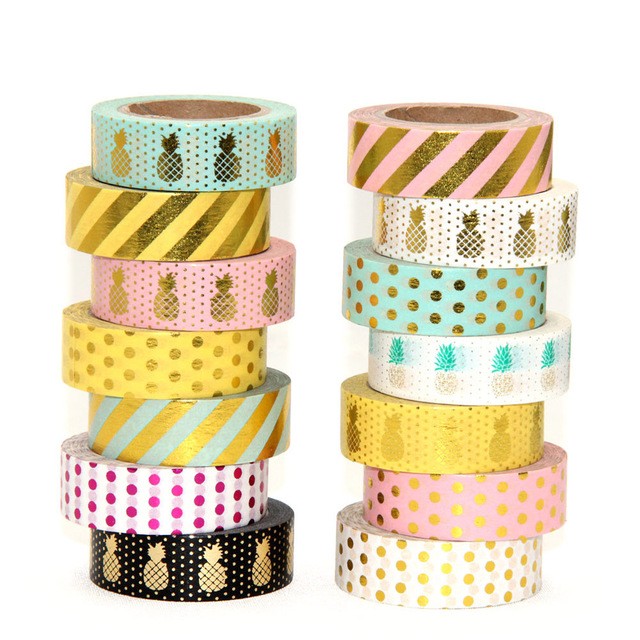Menu
Sticky tape can be a gift wrapper’s best friend. I’ve tried pretty much every way there is to wrap, and trust me, nothing beats tape. But tape is like any accoutrement. There are a thousand variations, and each has been designed to do a specific job. Pick the right one and you will fly through a wrap. Pick the wrong one, and it will fight you until the bitter end.
Before I get to the tapes I like to use, let’s partake in a brief overview of the wonderful world of sticky tape. The crux of the matter is not that tape sticks, but how it sticks. This is defined by the tack level, adhesion and cohesion.
Tack is how quickly the tape will grab onto things. Tape won’t always have a fancy descriptor telling you exactly how tacky it is, but almost every type of tape you can buy in a stationery store will be high tack and is intended to grab paper instantly.
But high tack does have a dark side. A simple slip can result in tape grabbing at the wrong angle or attaching to exactly what you don’t want it to attach to. The tack of a tape can be reduced by pressing it against fabric, which will foul some of the adhesive and reduce its ability to grab hold. This comes into play when you are positioning paper and might want to adjust it before securing it for ever.
Next, adhesion. Adhesion is the overall strength of the bond the tape makes. This is a pretty in depth topic if you are putting up a building with industrial tape, but for wrapping, the metric is really only pass/fail. Can it hold those folds or not, particularly of heavy weight paper?
Finally, cohesion is how well the tape’s adhesive sticks to the substrate, the “tape” part of sticky tape. If you have ever peeled old tape off a hard surface you will have run smack bang into a cohesion at play, as there was probably a ton of glue left behind after the tape itself came up.
Cohesion issues can emerge when wrapping with certain types of tape. Thicker, spongy tapes sometime don’t hold their glue as well as they could, and wraps with double sided tapes can sometimes be ruined when the tape parts way with the glue on one side or the other.
Now let’s speak a bit more about substrate, my new word of the week. Tapes can be clear or diffused, and wraps will certainly benefit from a tape that blends into the wrapping material.
Substrates also have varying levels of flexibility and strength. Cheap tape has no doubt left you picking at a roll at some point in your life, as the substrate was so weak it kept coming apart instead of unrolling. Some double sided tapes have highly flexible substrates, allowing you to work the tape to whatever path you needs, at the cost of being fiddly to apply.
So from the wonders of science to the wonders of tape for gift wrapping. Here are my top three wrapping tapes.
Double sided tape is the bees knees for making your wraps look professional. By hiding the tape away under flaps and folds you create a clean unblemished look. Small patches of it can also be used in place of glue to invisibly holds ribbons or other touches to your wrap.

Double sided tape has high tack, lower cohesion and a flexible substrate, so it requires a little practice to apply. But once mastered it is your friend. Double sided tape comes in a range of widths – from 3mm to 20mm but my preference is 6mm which is thin enough for most small wraps but wide enough for larger projects. I buy my tape in rolls with a backing or liner and without a dispenser (though I am not anti dispenser and I can feel a blog on quirky tape dispensers brewing). I just tear a section off at the length I require – no need for scissors (Phew… one less thing to juggle).
Some wrappers find it a little annoying to get the baking off – but if you fold a little bit of the tape back on itself – sticky side to sticky side – you will in effect create a tab without stick which will make it very easy to start. One of the best tips I was ever shown. Changed my life.
I like magic tape too – it looks just like your average diffused tape (right down to the cheap plastic dispenser), but it is designed to be peeled off paper without damaging it. It pulls off this trick with very low adhesion. So low that it can’t permanently hold anything together. Magic tape is a perfect little addition to a box of wrapping tricks as it can temporarily hold things together while you are figuring out a look or difficult angle, before being swapped out for the real tape.
I also have a little stash of Washi Tape – actually it’s a big stash. Washi is traditional Japanese paper (the word “washi” comes from wa meaning ‘Japanese’ and shi meaning ‘paper’) that uses local fibre, processed by hand and made in a time honoured traditional manner. Washi tape isn’t always made outright from washi, but takes its name from the washi-like patterns and textures.

With a texture is similar to that of masking tape, washi tape is strong and durable and opaque so it can be layered for a pretty effect. It tears easily and can be applied to a variety of surfaces. It sticks but comes off easily and doesn’t even leave a sticky residue. It’s also easy to write on. MT is the original brand of washi paper masking tape, created by the 100 year old company Kamoi Kakoshi and produced in Japan.
And Washi – whether MT brand or not – is both functional and decorative. It comes in a vast vast array of patterns and widths and is a gift wrapper’s friend because it can be applied to plain papers like kraft or butcher’s paper to create a marvellous colourful wrap. It also has somewhat of a cult following – with devotees committed to sharing ideas on its utility, uses and looks.
That’s my top three tapes. They all have different tack, adhesion and cohesion but I love them to bits. Just hope that feeling so strongly about tape isn’t too tacky.